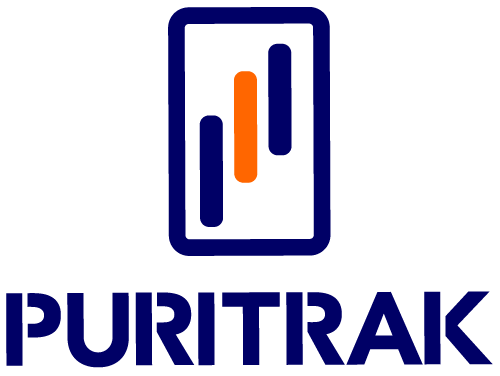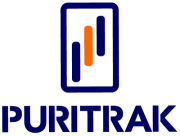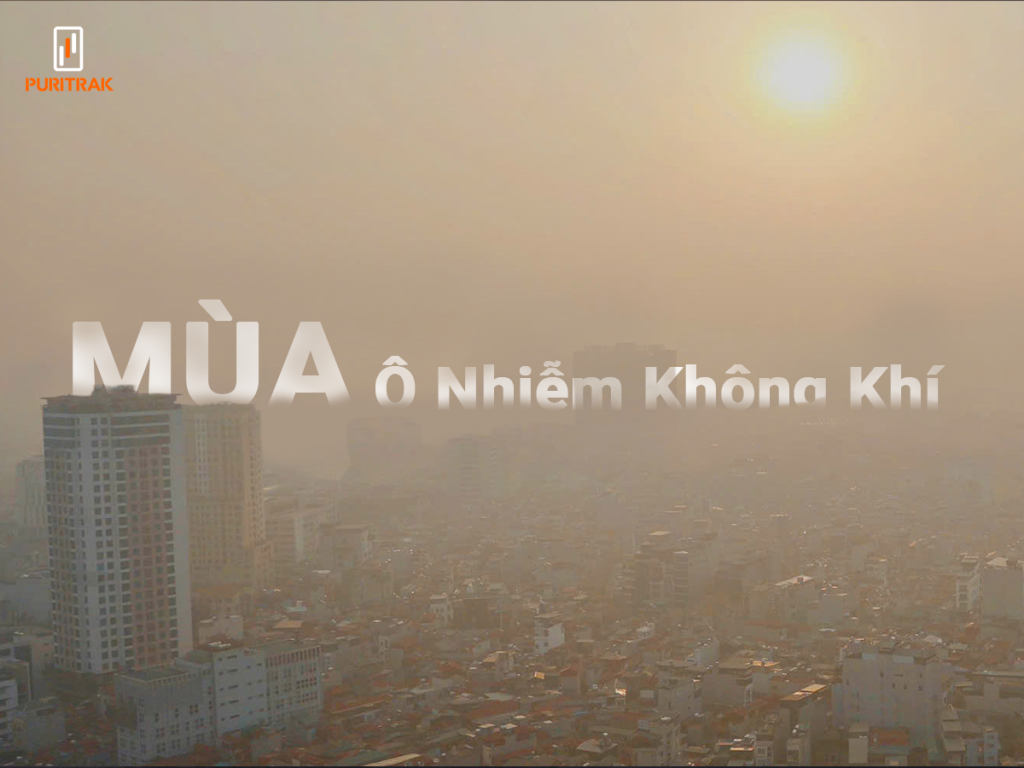During the October to March period, many provinces in northern Vietnam – Hanoi in particular – are drowned in a thick veil of “mist”. This is not your regular morning dew mist, but an ernomous blanket of air pollution, also known as the “air pollution season”. It is essential to have knowledge and find retaliating solutions in order to protect yours and your family’s health.
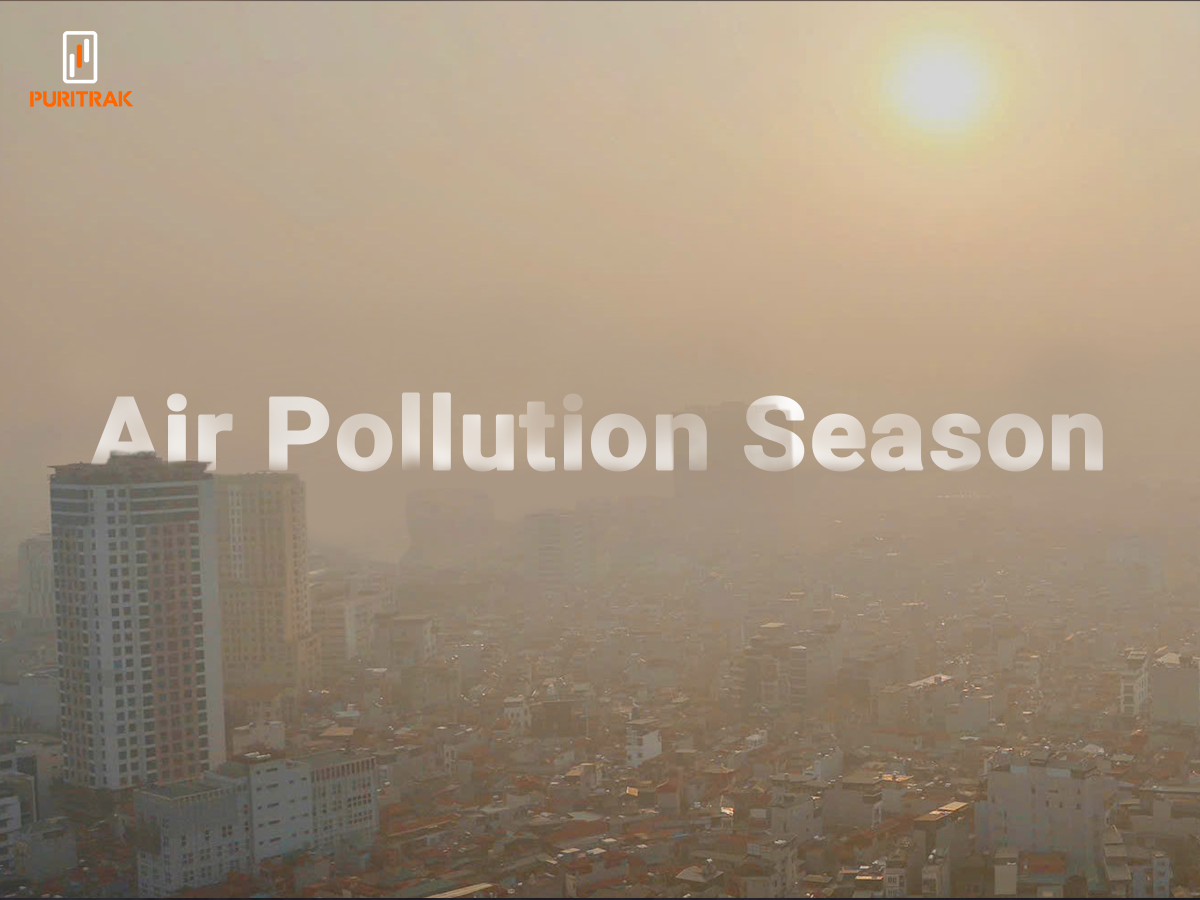
1. Causes of the air pollution season
Air pollution is a significant alteration in the composition of the air, primarily caused by the introduction of smoke, dust, fumes, or other foreign gases, leading to unpleasant odors and direct health impacts. This phenomenon becomes more severe during the final and initial months of the year, creating a distinct air pollution season.
Numerous factors contribute to air pollution, stemming from both human-made (anthropogenic) and natural sources.
The primary causes can be divided into two main groups:
Natural Causes
- Seasonal transition and Temperature inversion: During seasonal changes, temperature inversions occur frequently, trapping pollutants at a low altitude and preventing their dispersion.
- High humidity and drizzle: High humidity levels and misty rain can contribute to the accumulation of particulate matter.
- Pollen and mold spores: Natural emissions from plants, such as pollen and mold spores.
Human-Made Causes
- Vehicle emissions: A major source of PM2.5 fine dust, NO2, and CO.
- Industrial production: Factories and industrial zones emit enormous amounts of SO2, CO2, and heavy metal dust.
- Burning of waste and agricultural debris: The burning of trash, straw, and other agricultural waste generates a massive amount of smoke and dust in a short period.
- Construction and demolition: These activities produce large quantities of dust, including hazardous fine particulate matter.
Read more: What is Air Pollution? What causes air pollution?
2. Current Status of the Air Pollution Season Situation
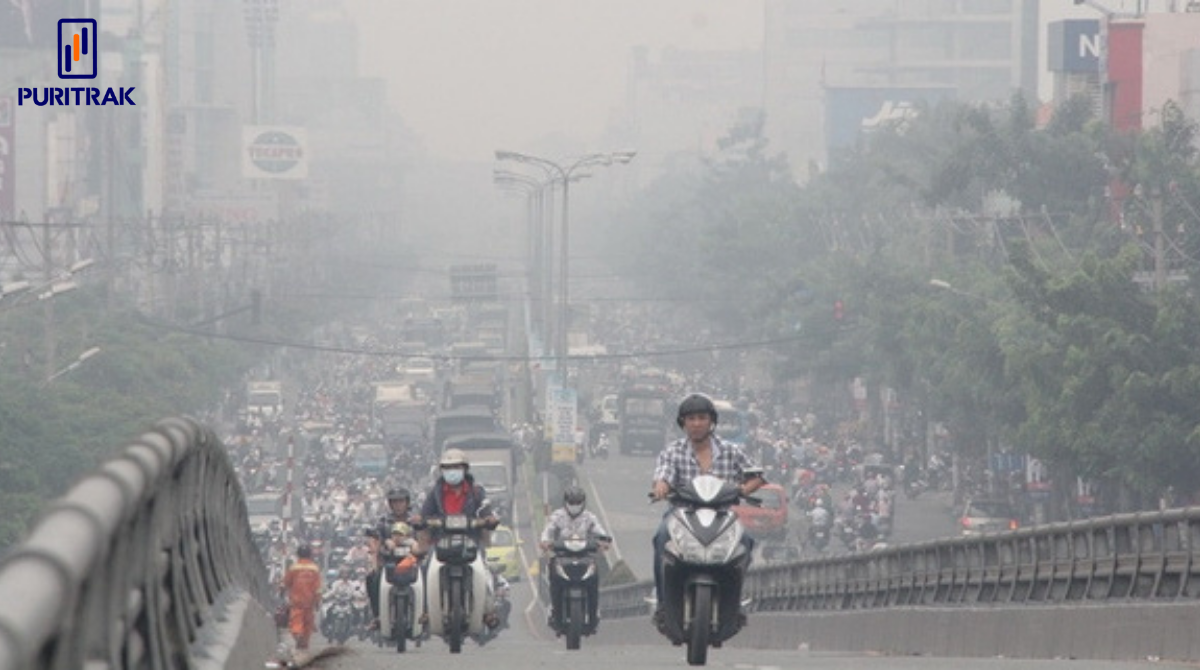
The situation of the air pollution season in major urban areas like Hanoi and Ho Chi Minh City has reached alarming levels:
3. How to recognize air pollution
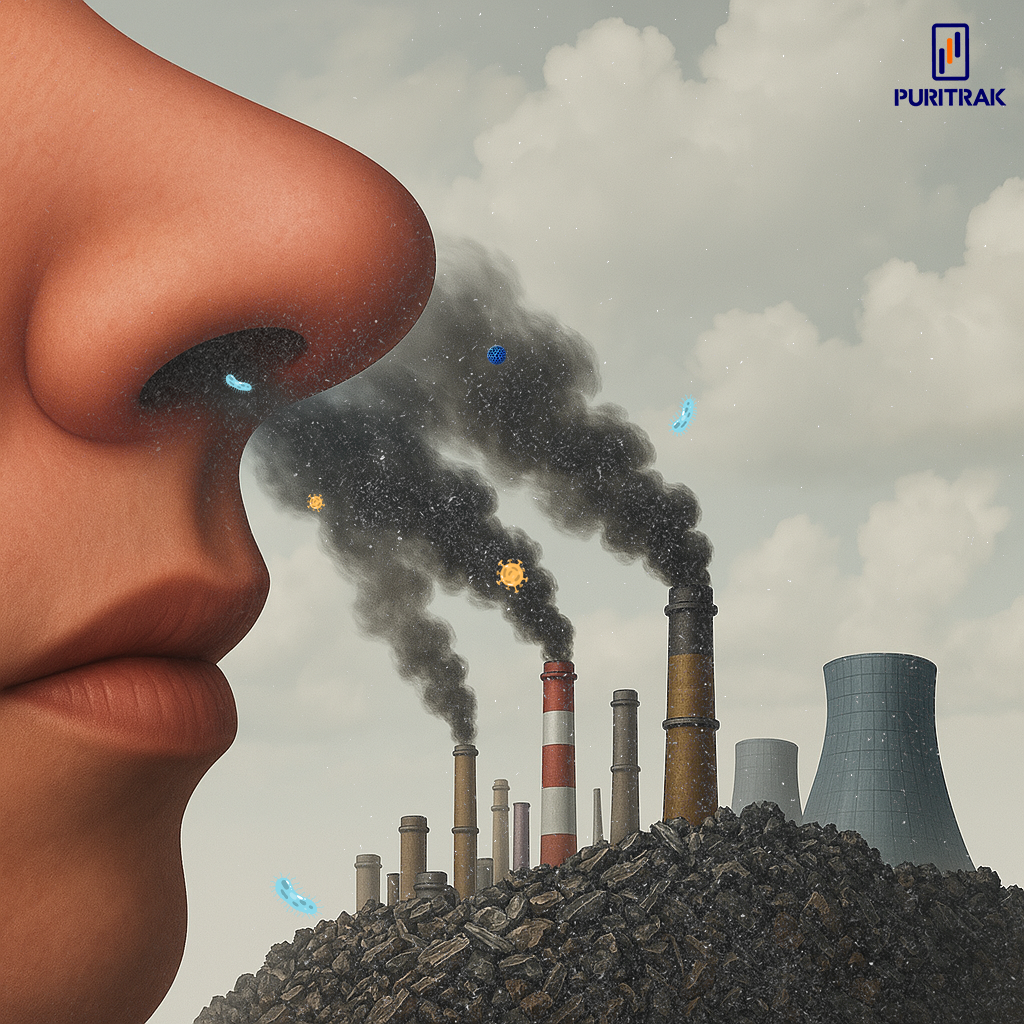
Air pollution levels can vary by location and time of day. Here are some simple ways to identify air pollution conditions:
- Check information: You can monitor the AQI (Air Quality Index) through weather apps or local news sources.
- Assess your surroundings: Do you live near industrial zones, power plants, or busy traffic roads? If so, your risk of exposure to polluted air is very high. Emissions and dust levels from manufacturing facilities and traffic roads are typically much higher than in regular residential areas.
- Visual observation: Pollution isn’t always visible. However, you can still assess air pollution conditions with the naked eye. If you see a thick gray or yellowish-brown haze suspended in the air, this is often a sign of poor air quality.
4. Solutions for coping with the Air pollution season
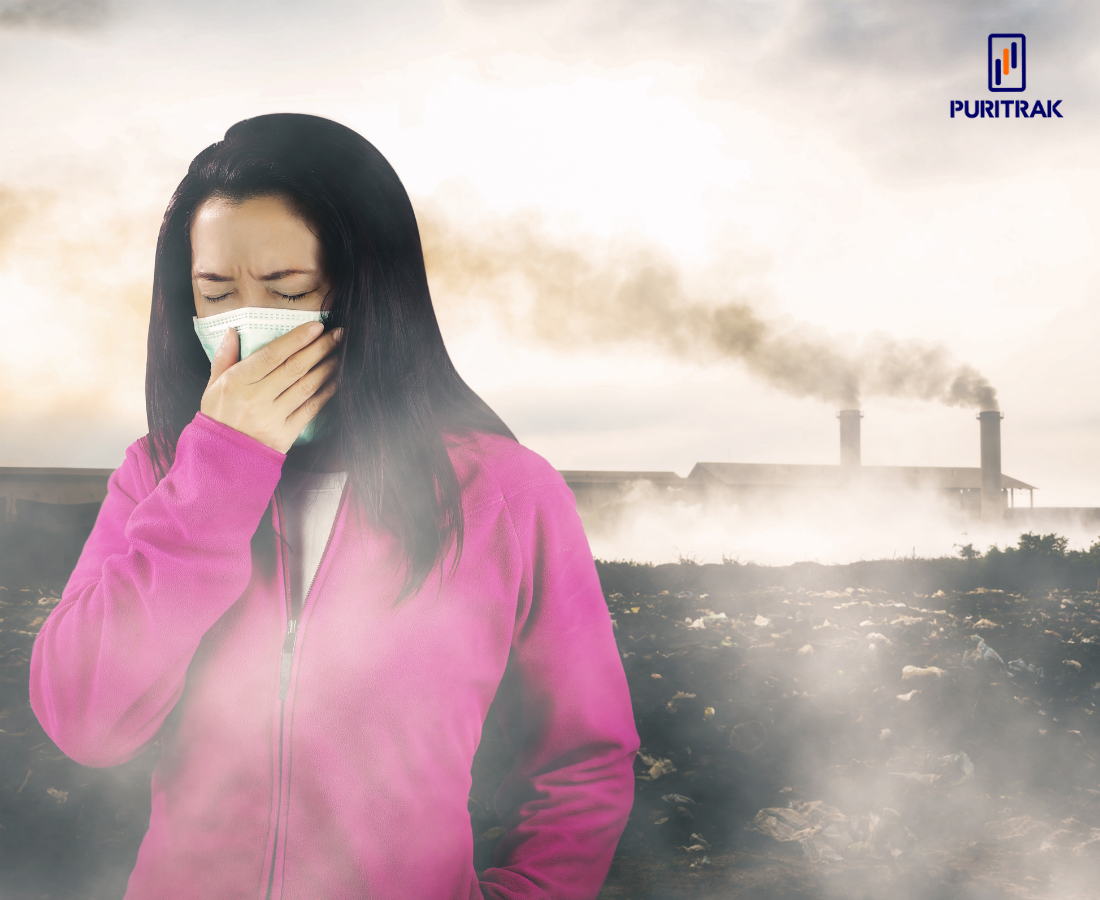
With the air pollution season approaching, proactive measures are essential to protect the health of yourself and your family.
4.1. Protective measures when being outdoor
- Monitor the AQI: Use apps like AirVisual or PAM Air to check the air quality before going outside.
- Wear specialized masks: Only use masks capable of filtering PM2.5 fine dust, such as N95, KN95, or KF94. Ordinary cloth masks are largely ineffective.
- Limit outdoor activities: Avoid outdoor exercise and work on days when the AQI is high, especially during peak traffic hours.
4.2. Protective measures at Home & in Offices
- Keep windows closed: Prevent polluted outdoor air from entering indoors.
- Use an air purifier: This is the most proactive and effective solution to create a “bubble of clean air” inside. Air purifiers equipped with HEPA H13/H14 filters can remove up to 99.97% of PM2.5 fine dust, bacteria, pollen, and more.
- Grow air-purifying plants: Some indoor plants like Snake Plants, Golden Pothos, and Aloe Vera have certain air-purifying capabilities, but their effect is supplementary.
- Clean frequently: Use a vacuum cleaner with a HEPA filter to remove fine dust that has entered the home.
Protecting your health from air pollution should start today. Be proactive in learning about and applying appropriate preventive measures to safeguard yourself and your family.
The above information addresses the question “Air Pollution Season: The current status and how to cope.” If you require further information about air purifiers, please feel free to contact us using the details below; the technical team at Puritrak will be happy to assist you. Thank you for reading
Puritrak products and services:
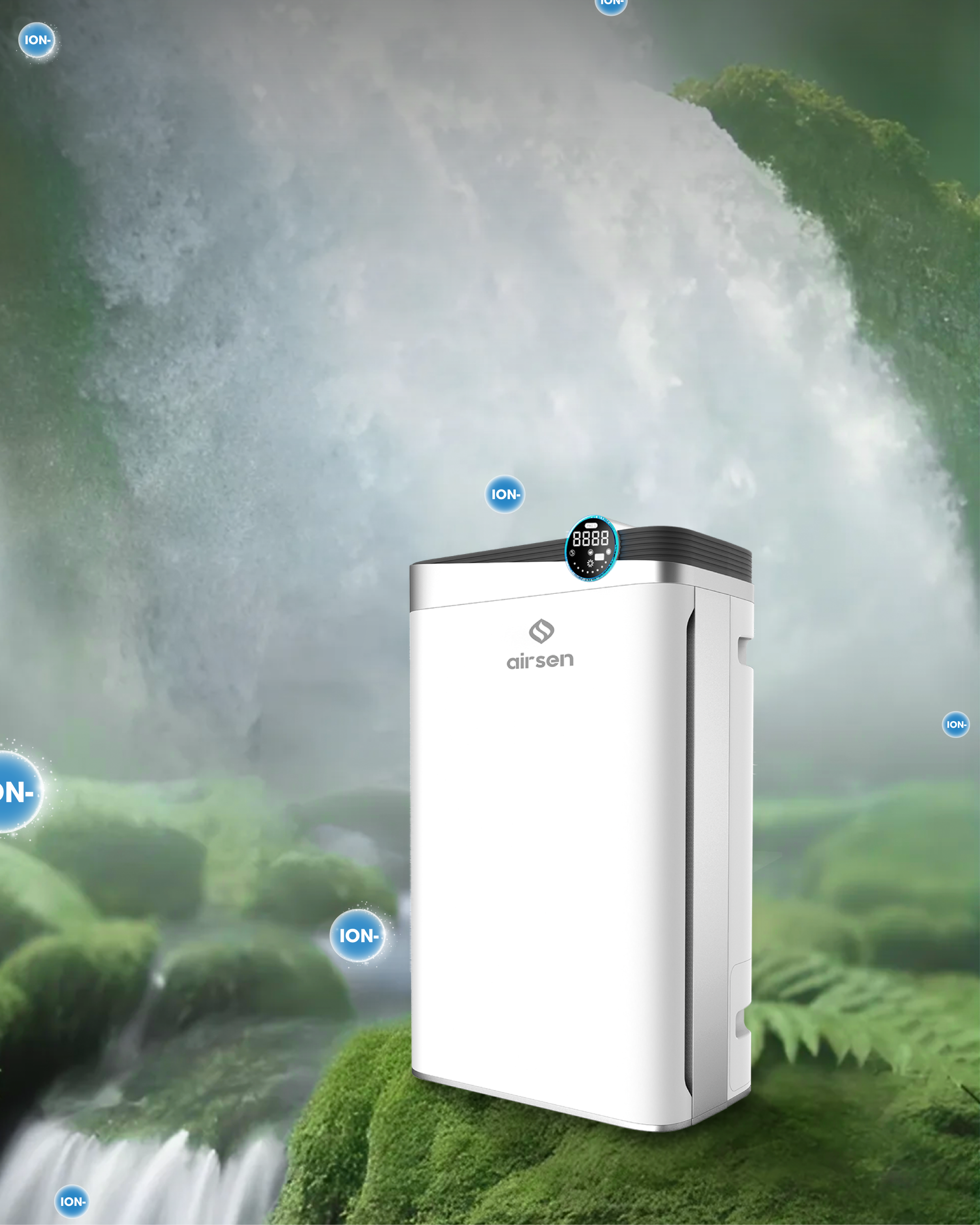
Contact info:
- Hotline: 0904.800.006
- Website: puritrak.com
- Email: [email protected]
- Fanpage: Puritrak
